Korean UNESCO Heritage Sites
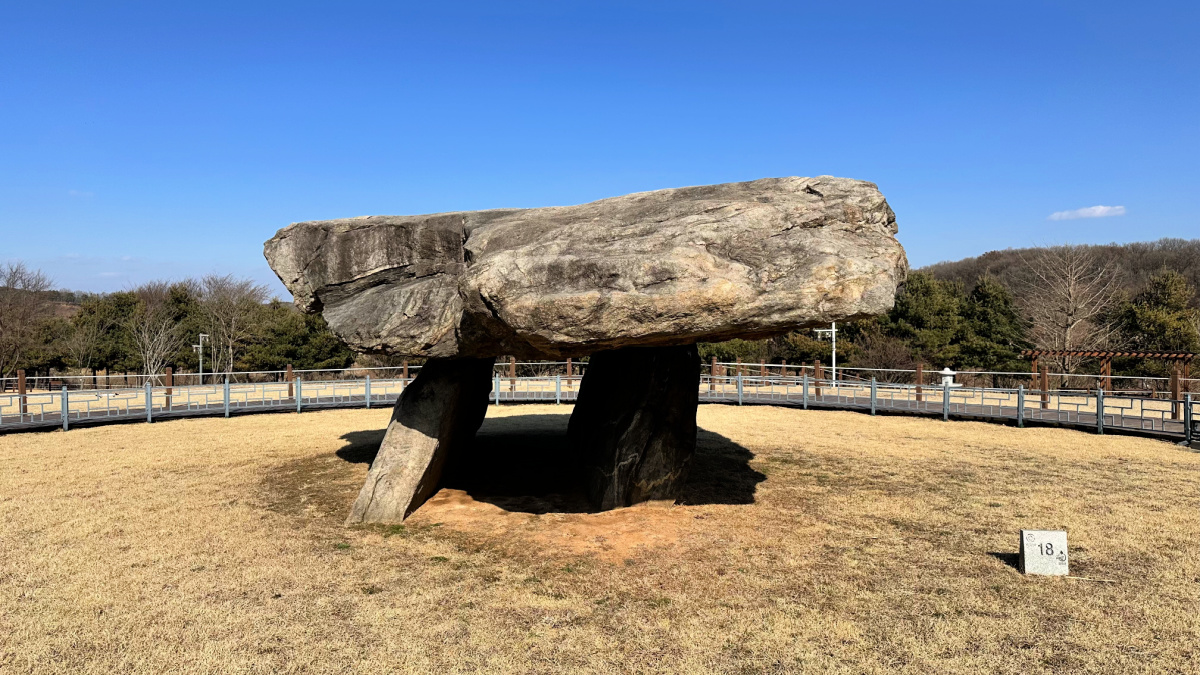 Dolmen in Bugeun-ri, Ganghwado Island (county), South Korea, is one of the Korean UNESCO Heritage Sites.
Dolmen in Bugeun-ri, Ganghwado Island (county), South Korea, is one of the Korean UNESCO Heritage Sites.amazing korean unesco heritage Sites
The Korean UNESCO World Heritage Sites are among the most fascinating and famous natural and cultural heritage in the world.
According to the World Heritage Convention, only those countries that promised to preserve their heritage are allowed to submit nominations for properties within their territory.
Among the countries, South Korea is one of those that have the most submission proposals. Out of its nominations, the total number of the Korean World Heritage sites is thirteen.
Honestly, I have not been (yet) to all of them except for the four of them. Yes, I promise to explore all of them and record my experience and publish on this website.
When? Please wait... and you will know if you monitor this site.
Tripitaka Koreana is a Buddhist canon made of over 80 thousand Birch tree woodblocks. Most of these blocks sculpted with scriptures were completed in the 13th century. It is definitely one of the Korean UNESCO Heritage Sites approved years ago.
Consisting the most complete and largest number of collection, Tripitaka Koreana is one of the world's most famous extant collection of Buddhist religious instructions. It's simply amazing to see them in person!
uNESCO heritage two categories
The UNESCO World Heritage organization has categorized world heritages into two: cultural and natural heritage.
A
cultural heritage, as you most probably know, is a category defined
merely as historical artifacts including sites with material structures.
The artifacts include human-made products such as potteries, temples,
palaces, shrines, writings, for example.
On the other hand, a
natural heritage is categorized as those related to properties under the
territory of a country being part of the natural environment. Simply
put, a natural heritage is not human-made, such as canyons and mountains
with unique natural values.
I am sure you need no further explanations on the two categories, right?
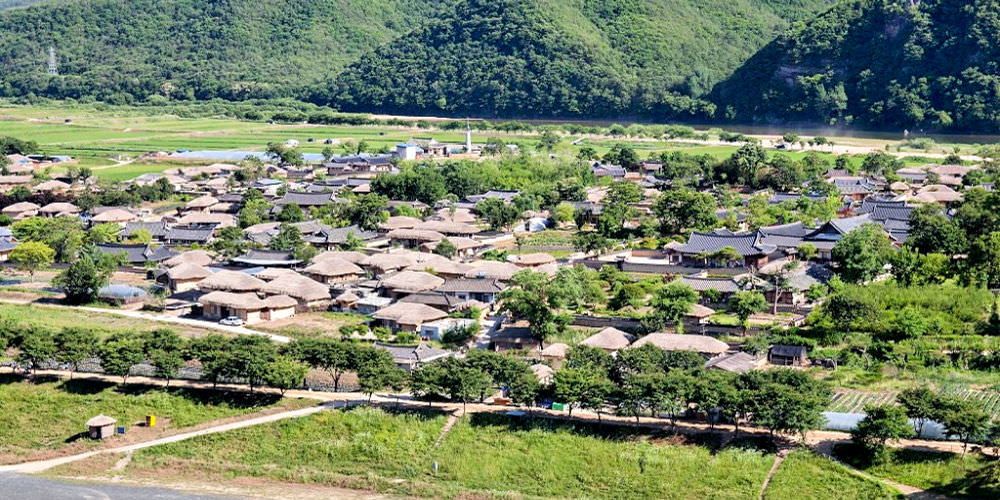 Hahoe and Yangdong Historic Villages
Hahoe and Yangdong Historic VillagesOkay, I proudly enumerate the Korean UNESCO heritage sites if you don’t know them already…
Cultural UNESCO Heritage
- Baekje historical Areas (2015)
- Changdeokgung Palace Complex (1997)
- Gochang, Hwasun and Ganghwa Dolmen Sites (2000)
- Gyeongju Historic Areas (2000)
- Haeinsa Temple Janggyeong Panjeon, Tripitaka Koreana Woodblocks (1995)
- Historic Villages of Korea: Hahoe and Yangdong (2010)
- Hwaseong Fortress (1997)
- Jongmyo Shrine (1995)
- Namhansangseong (Namhan Mountain Fortress) (2014)
- Royal Tombs of the Joseon Dynasty (2009)
- Sansa Buddhist Mountain Monasteries (2018)
- Seokguram Grotto and Bulguksa Temple (1995)
and one...
Natural Heritage
Jeju Volcanic Island and Lava Tubes (2007)
Randomly, I will be describing in briefs a few Korean UNESCO heritage sites below. You may find out more about each sites’ interesting aspects through links on this sites or other sources.
Baekje Historic Areas
This heritage is located in the mountains of South Korea’s mid-western region. The site is comprised of archaeological properties which date back from 475 to 660 CE. Baekje site includes a historic fortress, royal tombs, temples, royal palace that existed since the Baekje Kingdom.
Changdeokgung Palace Complex
Changdeokgung was built by order of King Taejong in the early 15th century. Located in Seoul, the complex is believed to have had a significant influence on the development of the Korean arts, architecture, landscaping and garden designing.
The palace passed three out of the ten criteria including the architecture criterion. Changdeokgung Palace holds the famous Biwon or the king’s “Secret Garden.”
Jongmyo Shrine
Jongmyo Shrine is located in Seoul, the same as Changdeokgung Palace Complex. Jongmyo is historically considered the oldest and most authentic among the Confucian royal shrines in Asia. This well-preserved shrine houses the remains of the Joseon Dynasty royals (1392-1910).
Regular ancestral rites are being performed inside the site with great solemnity. Having been inside twice the heritage, I highly recommend you to see the place for only an hour via a guided tour for a very reasonable fee.
Hwaseong Fortress
The massive walls which extend for around six kilometers were built as a strong defense fortress with bastions, artillery towers, and other features. It was King Jeongjo of the Joseon Dynasty who moved his father’s tomb to Suwon responsible for this historical site.
This Korean UNESCO heritage site property is ideal for various group tours including families with children. Facilities for tourist and visitors are accessible for ease and comfortable exploration. I would certainly go back and spend more time at this heritage site sometime soon.
The South Korean officials are continually doing inventories of their cultural and natural heritage. As required by the UNESCO, the government has been submitting lists of sites for consideration.
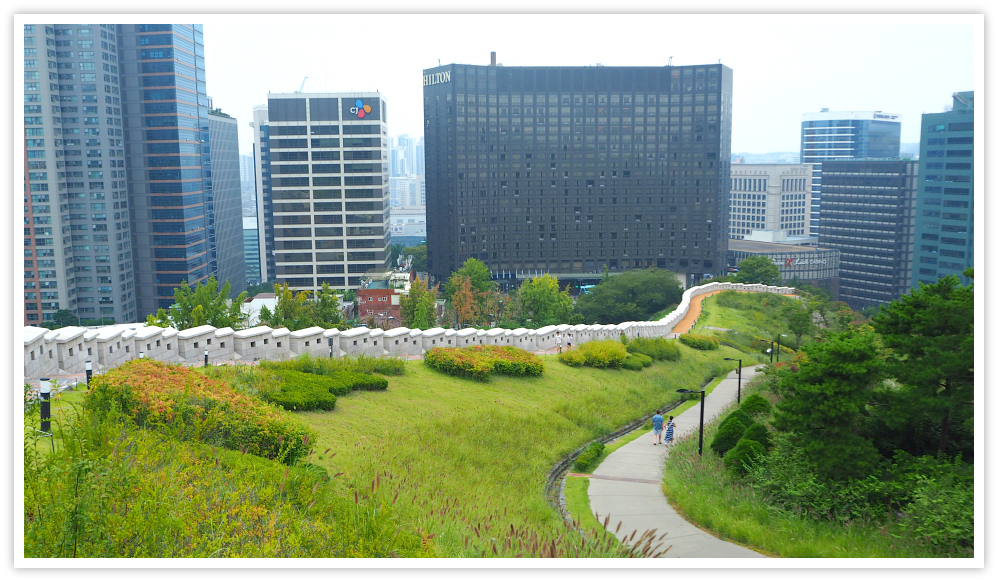 Ancient walls in Seoul
Ancient walls in SeoulTentative List
Below are some of the proposed Korean UNESCO Heritage Sites undergoing the process...
Kangjingun Kiln Sites
Mount Soraksan Nature Reserve (1994)
Sites of fossilized dinosaurs throughout the Southern seacoast (2002)
Southwestern Coast Tidal Flats (2010)
Salterns (2010)
Daegokcheon Stream Petroglyphs (2010)
Ancient Mountain Fortresses in Central Korea (2010)
Upo Wetland (2011)
Naganeupseong, Town Fortress and Vilage (2011)
Oeam Village (2011)
Seowon, Confucian Academies of Korea (2011)
Seoul City Wall (2012)
Gaya Tumuli of Gimhae – Haman (2013)
The Goryeong Jisandong Daegaya Tumuli (2013)
Stone Buddhas and Pagodas at Hwasun Unjusa Temple (2017)
Source: https://whc.unesco.org/en/statesparties/kr
Nomination Process for UNESCO World Heritage
Five major steps should be fulfilled to be listed as the UNESCO heritage. The process includes the following…
Tentative List
The applicant country should make an inventory of its most important cultural and natural heritage sites. Then, the site(s) should be submitted by the State Parties as Nomination File(s) to the World Heritage Center for consideration during the process.
The Nomination File
The State Party will plan to present an exhaustive nomination file from any of the sites in the Tentative list. After submission to the World Heritage Center for review. The center will then send the data to the Advisory Bodies for more in-depth assessment.
The Advisory Bodies
The nominated heritage site(s) will be evaluated by two Advisory Bodies commissioned by the World Heritage Convention (ICOMOS & IUCN). Then the third Advisory Body (International Center for the Study of the Preservation and Restoration of Cultural Property) provides expert advice and training activities.
The World Heritage Committee
After the evaluation and nomination, the intergovernmental World Heritage Committee will judge the site for inscription.
The Criteria for Selection
To be inscribed on the World Heritage List, the property must pass at least one out of the ten criteria. The ten criteria are composed of six cultural and four important natural items. The criteria are being revised regularly by the Committee.
useful information
When you visit the heritage sites in Korea, it is fair to expect that you need to pay for an entrance fee. I presume this is normal in other countries’ world heritage as well. This is true especially for world heritages which are enclosed and need further restoration and financial support.
In South Korea, entering into the palaces requires you to pay a reasonable amount, for example. However, at certain events, you can enter for free which I had the luck a couple of times. This happens, if you want to know, during the Korean special holidays such as Chuseok and Lunar holidays. Good luck to you! ^^
Now, if you are looking for information related to the South Korean heritage, please see the below details…
Website: www.eng.unesco.or.kr
Delegate: H.E. Lee Byong Hyun, Ambassador Extraordinary and Plenipotentiary, Permanent Delegate to UNESCO
UNESCO Website: https://whc.unesco.org/en/statesparties/kr
getting to south korea
Please, check out this link to find out your possible way of getting to the country. The page provides guides on airlines that frequent South Korea.
Also, the page provides useful information on how to get around Korea using the convenient transportation system of the fast developing nation.
Hope this page helps your search. If it does, please like or share with your friends and families.
Have a great travel.
- Home
- Korean UNESCO Heritage Sites
Get Exciting Activities
Book one of our exciting activities today to experience the thrill of a lifetime! Take advantage of this opportunity and secure your spot in advance.
Hotel Map Guide
Find your affordable, accessible, and comfortable hotel in Seoul at Agoda.Com. See the hotel map below...
Hotel Booking Guide
Find affordable and amazing hotels on Agoda.com using the search box below. Book now to enjoy great discounts and save!
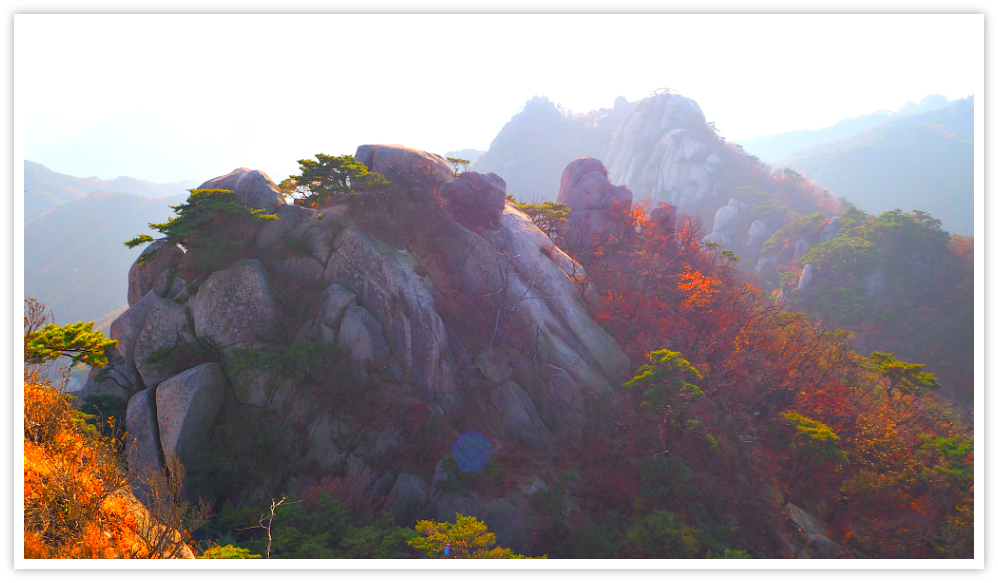
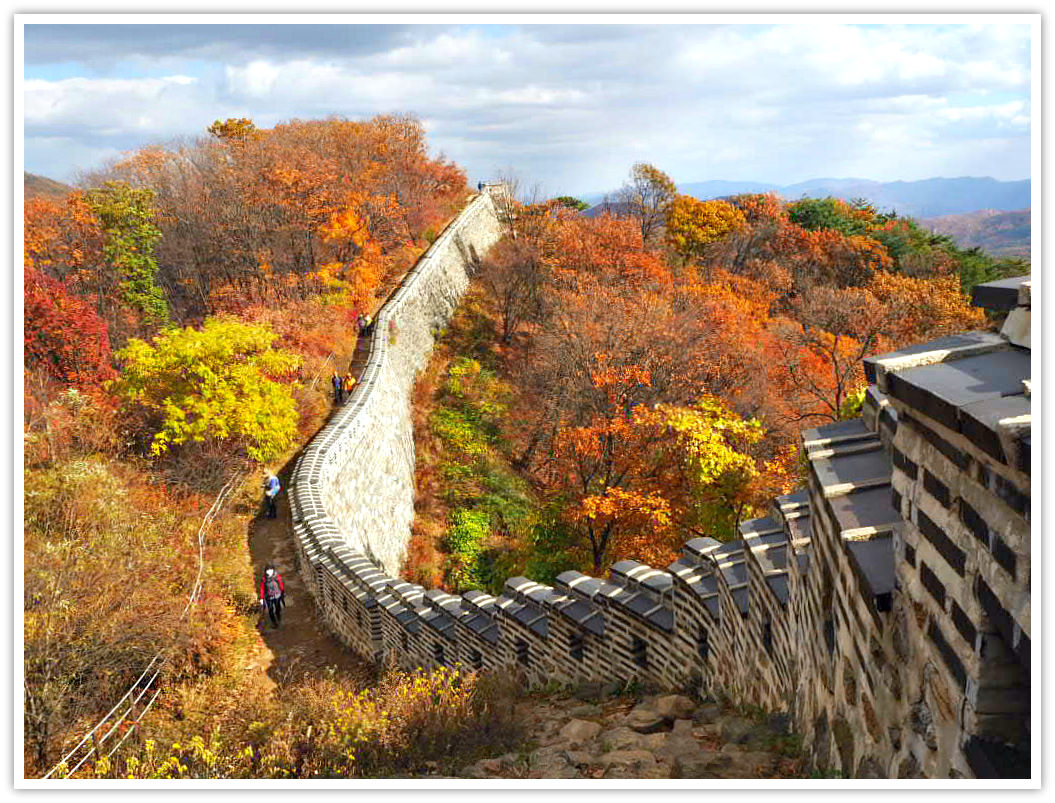
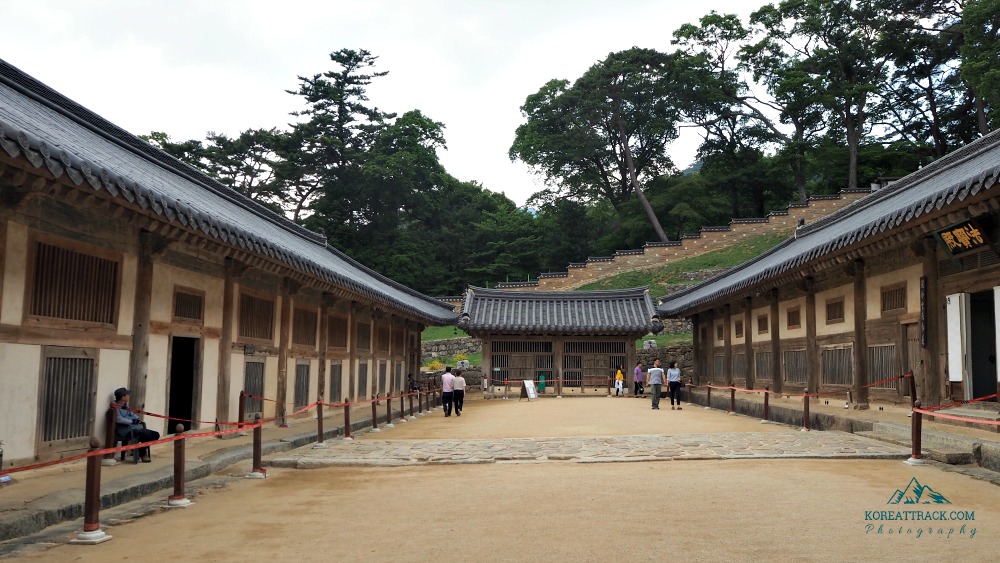
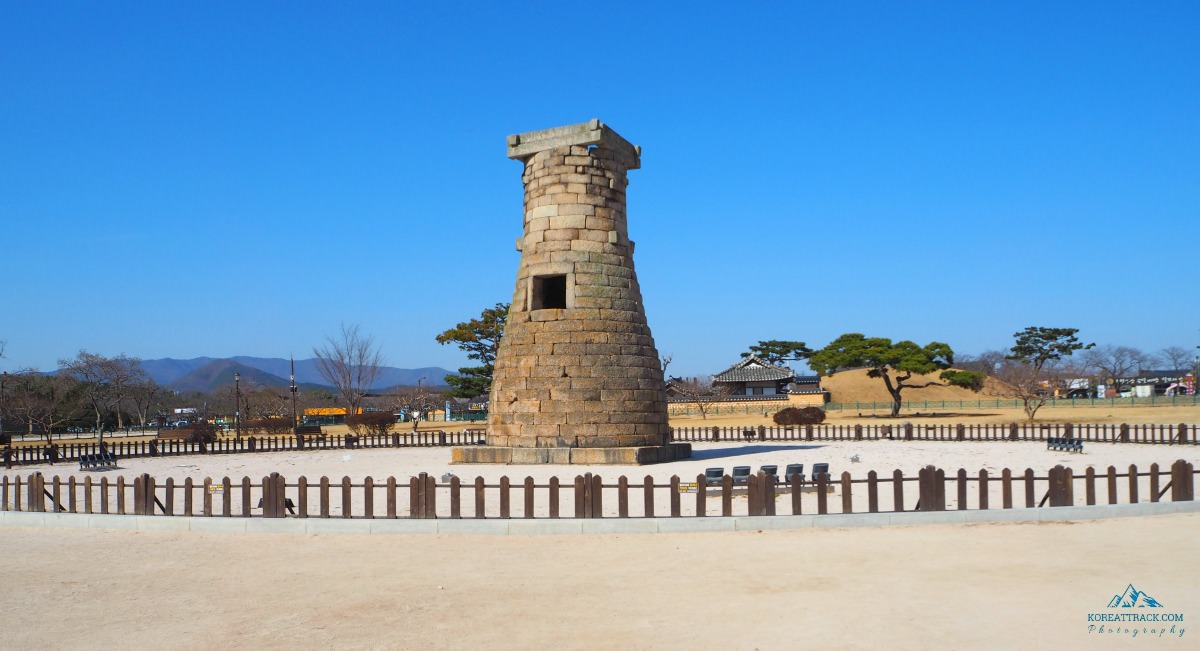

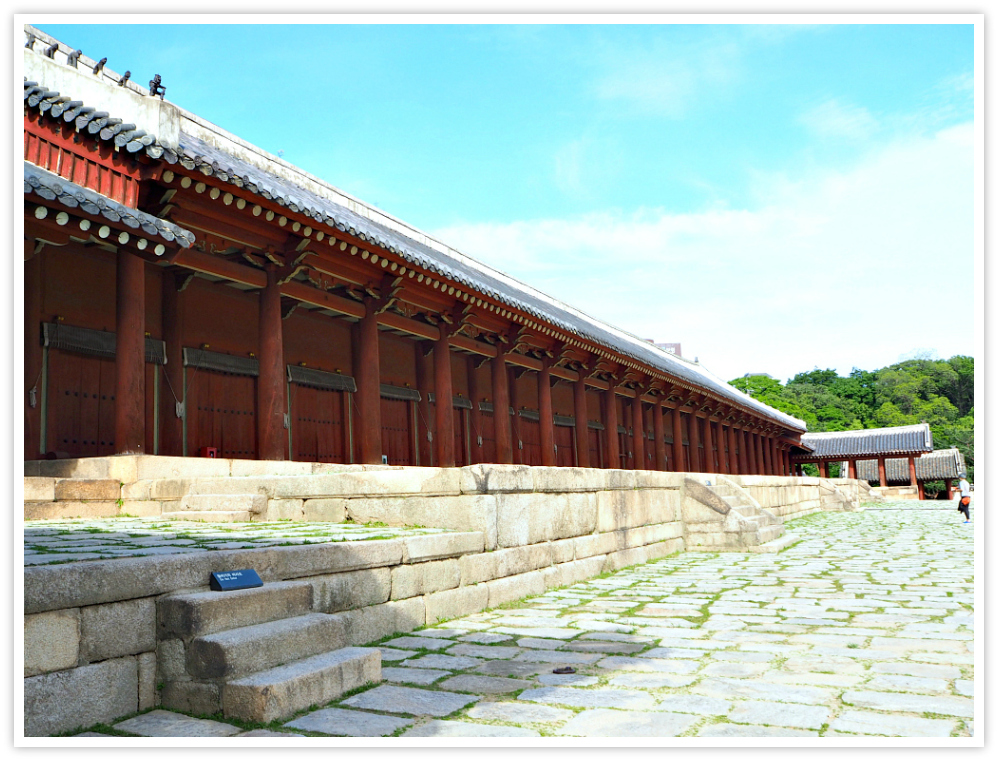
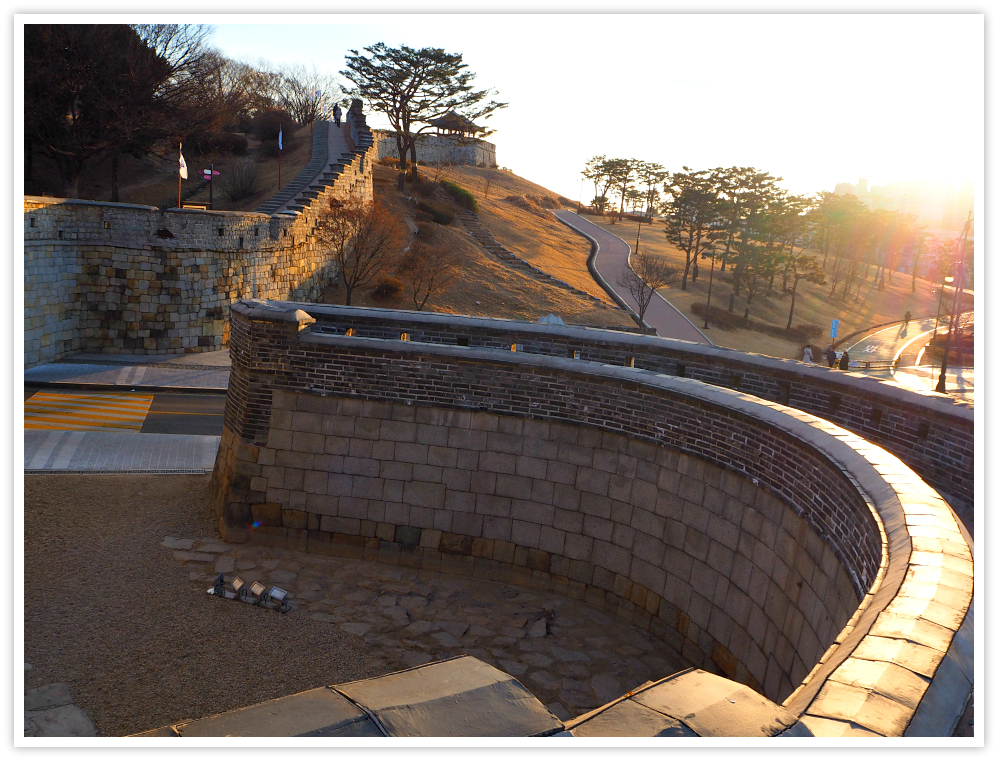
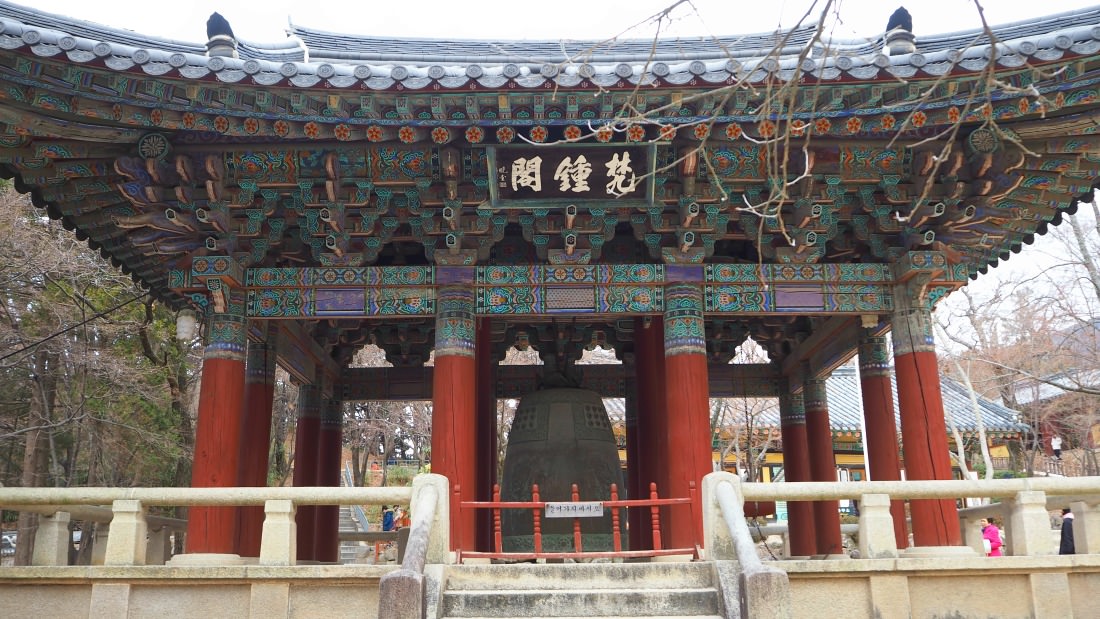

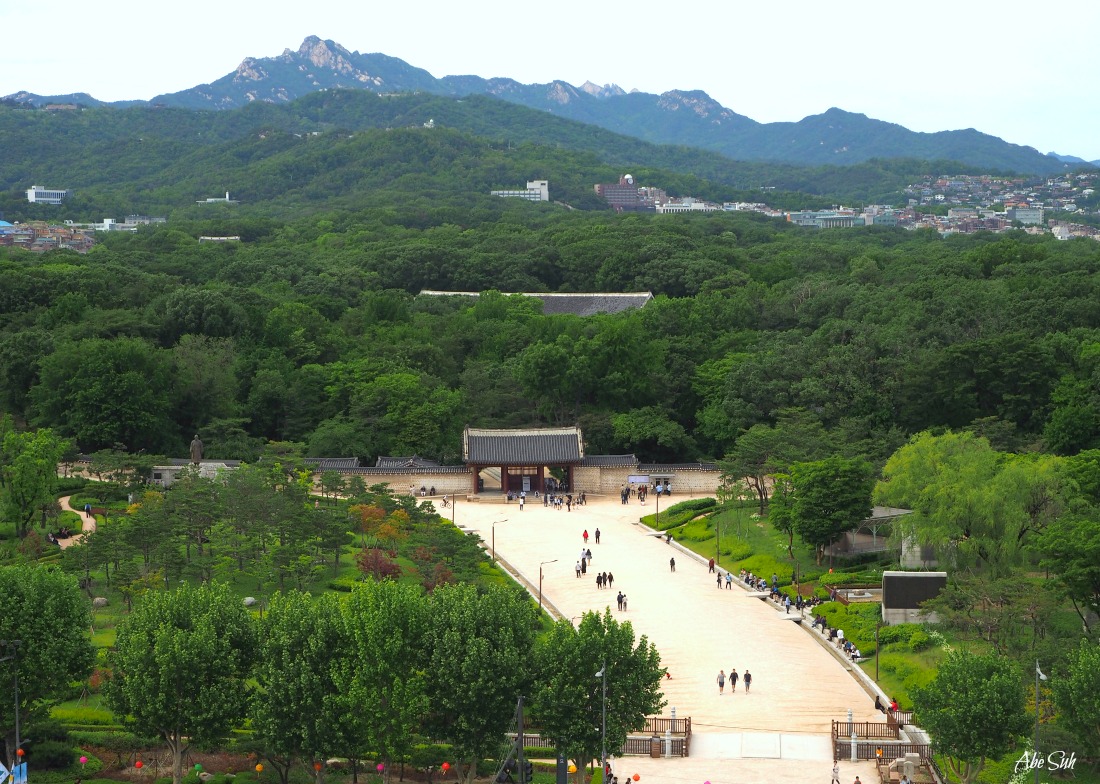
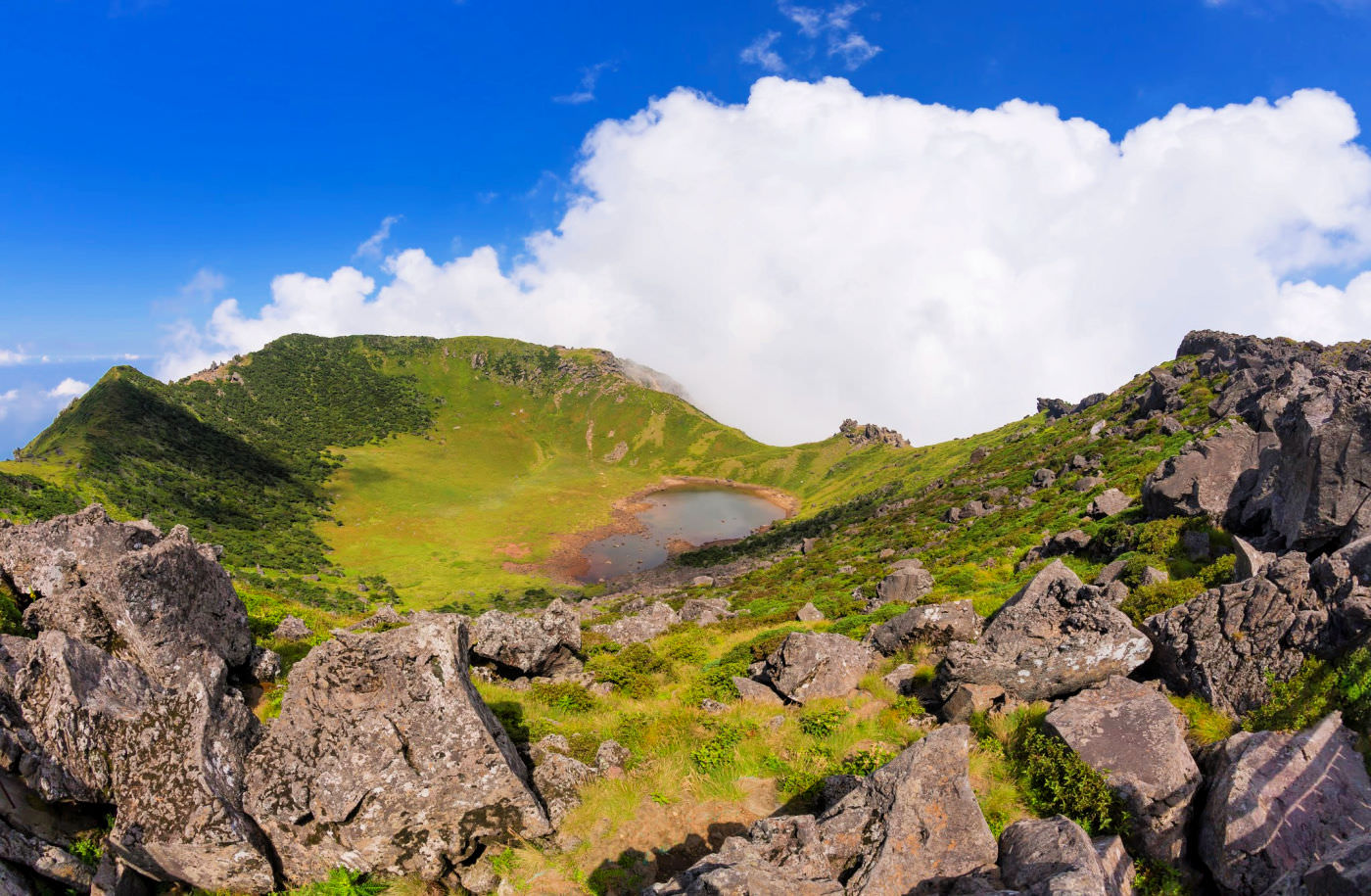




New! Comments
What do you think about this page? Leave me a comment in the box below.